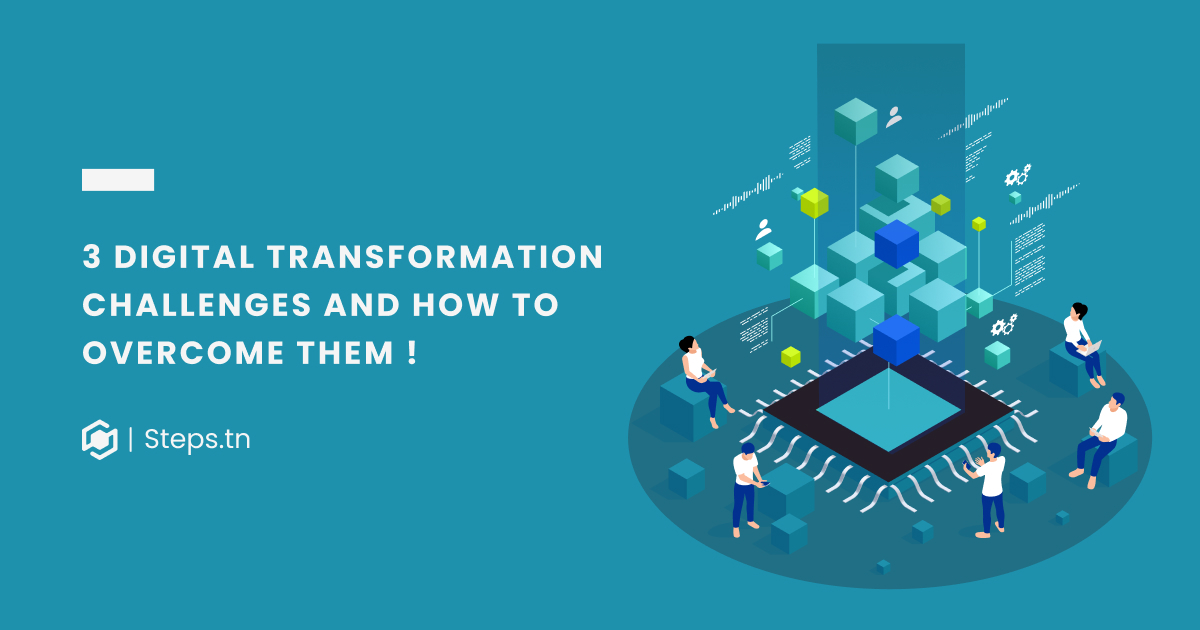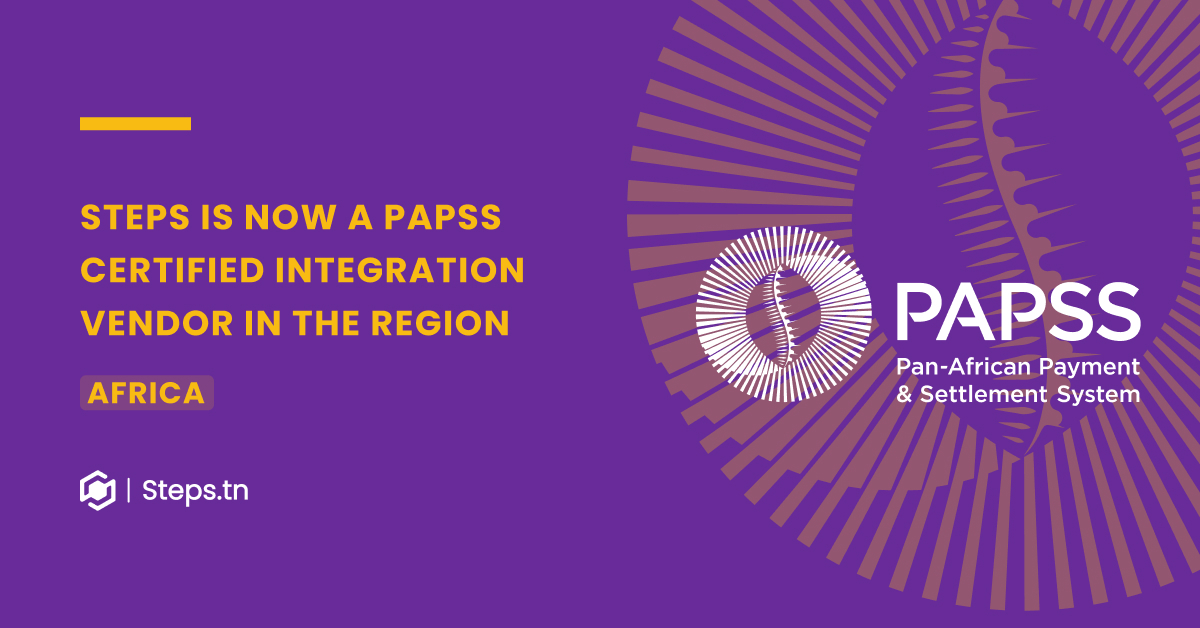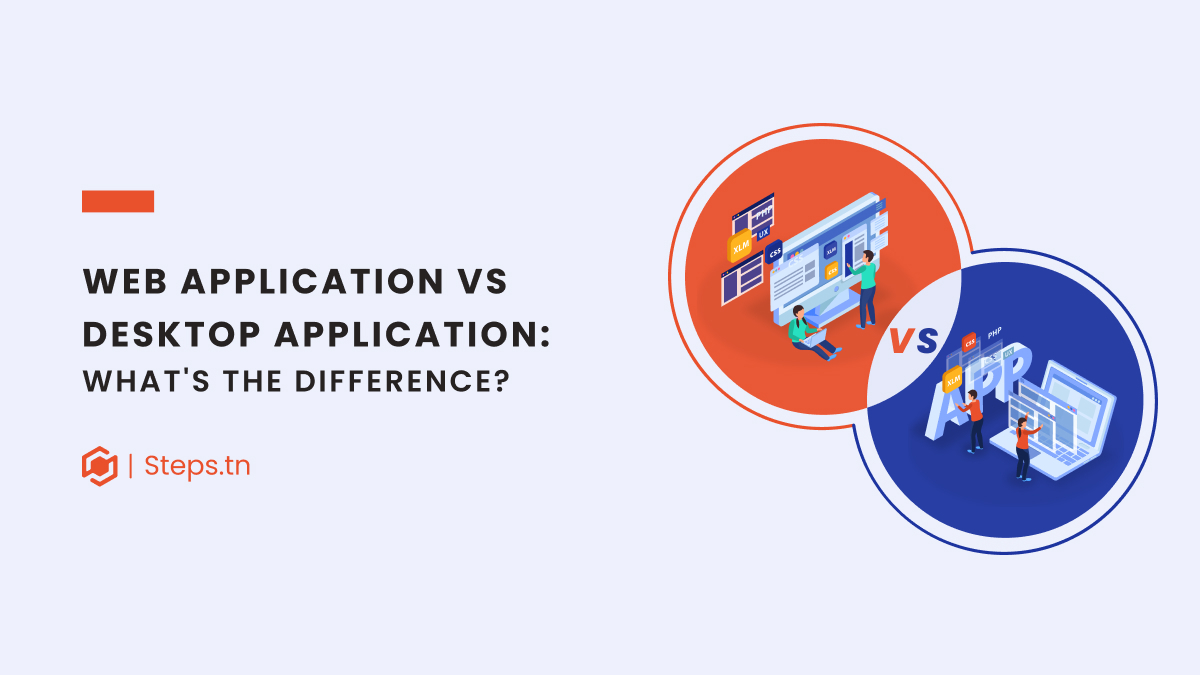Everyone knows by now that digital transformation is inevitable. It’s something that has taken the world by storm. We all know its benefits and how it can revolutionise your business. Now you’re one of those people that have decided that they’re joining the hype. You’re finally digitally transforming your company! That’s great news! However, there are a few digital transformation challenges that you need to be aware of. Being aware of these challenges and avoiding them is key to successfully digitally transforming your business.
What Is Digital Transformation?
But before we dive into the challenges, let’s have a quick look at what digital transformation is. Simply said, digital transformation implies the use of digital technologies in order to transform your organisation. This transformation relates to many elements. However, these elements will all contribute to how you operate and deliver value to clients. Therefore, in short, digital transformation is about using digital technologies to change how you operate and deliver value to clients.
There can be multiple examples of organisations going through a digital transformation. It can be a retail store implementing an online store. Or a restaurant implementing a delivery system. Or even a fashion store implementing a virtual try-on tool. Technology is changing the world and changing organisations all around us. Digitally transform now so that you too can change the lives of your customers!
Now that you have a global idea of what digital transformation is, we can dive into the challenges.
Challenge 1: Resistance to Change
Resistance to change is one of the biggest barriers when it comes to digital transformation. In a survey by Prosci, 46% of respondents identified resistance to change as the main obstacle in their transformation efforts.
Multiple factors can lead to employees resisting a digital transformation. One of the biggest factors is the fear of losing their jobs. Over the years, we’ve seen many examples of technology replacing humans. Employees will be worried about that. However, when going through a digital transformation, it is important to reassure your employees that the digital transformation will only facilitate their lives.
Another factor that leads to resistance to change is the lack of understanding. A lot of people fear the unknown. If faced with the choice of going through a digital transformation, or sticking to what they’re already comfortable with, they would choose comfort. However, in order to combat this, you need to clearly display to your employees the benefits of digital transformation. Once they’re convinced, that’s when they’ll follow your vision.
Explaining to your employees that digital transformations will completely transform their daily lives is crucial. Them knowing that it will increase both their productivity and morale will abolish the resistance to change. If you don’t get rid of the resistance to change, it could be an issue though. According to a McKinsey report, 70% of transformation programs fail due to resistance to change. That’s why dealing with it is of the essence.
Challenge 2: Legacy Systems
So you’ve decided on a digital transformation. This means that you’ve defeated the resistance to change related to changing work methods. One of the biggest things that organisations have trouble transitioning from are legacy systems. They are old applications that have been used in companies for ages. They usually serve specific purposes, such as stock planning or HR tasks. While these systems were effective in their time, they’re now outdated. Organisations are still trying to find ways to fit them in their processes, just because it’s hard for them to transition from them. Gartner estimates that about 90% of organisations will still use legacy systems beyond 2023.
However, digital transformations are not an easy task. When it comes to digital transformations, it’s better now than late, as what costs you a fortune now will cost you fortunes in the future. Deloitte states that the cost of dealing with legacy issues can consume up to 80% of the IT budget.
Moving on from or integrating legacy systems is a complex, but important step. First, to move on from legacy systems would require additional training for all employees that would use the new systems. Additionally, these new systems could cost a lot. However, it’s better than just continuously adapting to older systems, as that will get harder over time.
Integrating legacy systems is a bit more complex. Integrating older systems means to either migrate all the data from the previous systems, or using it simultaneously with newer systems. A lot of issues can arise from this. Issues such as compatibility issues, data migration complexities, or disruptions during the integration process. To deal with those, a slow and methodical approach is what leads to a smooth integration. approaches such as phased implementation or carefully reading all documentation for integrating the systems is key.
Challenge 3: Skill Gaps and Workforce Training
The final major challenge that you can experience during a digital transformation is about the skill gaps and training required for your workforce. With the advancement of technology, there is a widening gap between the technology and the skills of workforces. A skilled workforce will help guarantee the success of a digital transformation. That’s why training is important. It is important to make sure that the skills of your workforce are at the level of the digital technologies you want to implement.
The first thing you need to do before training is knowing what skill gaps exist. To do this, you need to first define your digital transformation goals. What skills will you need? You can work with HR and other similar departments to help with this task.
Then the next step is to invest in the training of your workforce. This is of course customised to fit their needs. Investing in ongoing training and development programs can seem costly, but it’s worth it. It’s estimated that organisations that offer comprehensive training programs experience 218% higher income per employee than those with less extensive training. That’s why investing in the training of your employees is one of the biggest ways that you can ensure ways in your digital transformation.
Conclusion
To conclude, in today’s article, we discussed the potential challenges of a digital transformation. We hope that after reading this article, you first of all understand that it’s important to be aware of resistance to change, and to be ready to resist it if going through a digital transformation. Secondly, you will also have to resist the attachment to legacy systems. Integrating them or moving on from them will be hard, but it’s the only way forward. Finally, you need to see whether your employees will be able to use your new systems and processes, and train them if necessary.
No one has ever said that digital transformations are easy, and at STEPS we understand that. However, you don’t have to go through it alone. Our expert teams can guide and help you through them to make it a seamless transition that will revolutionise your business! Interested? Then what are you waiting for? Contact us now!





